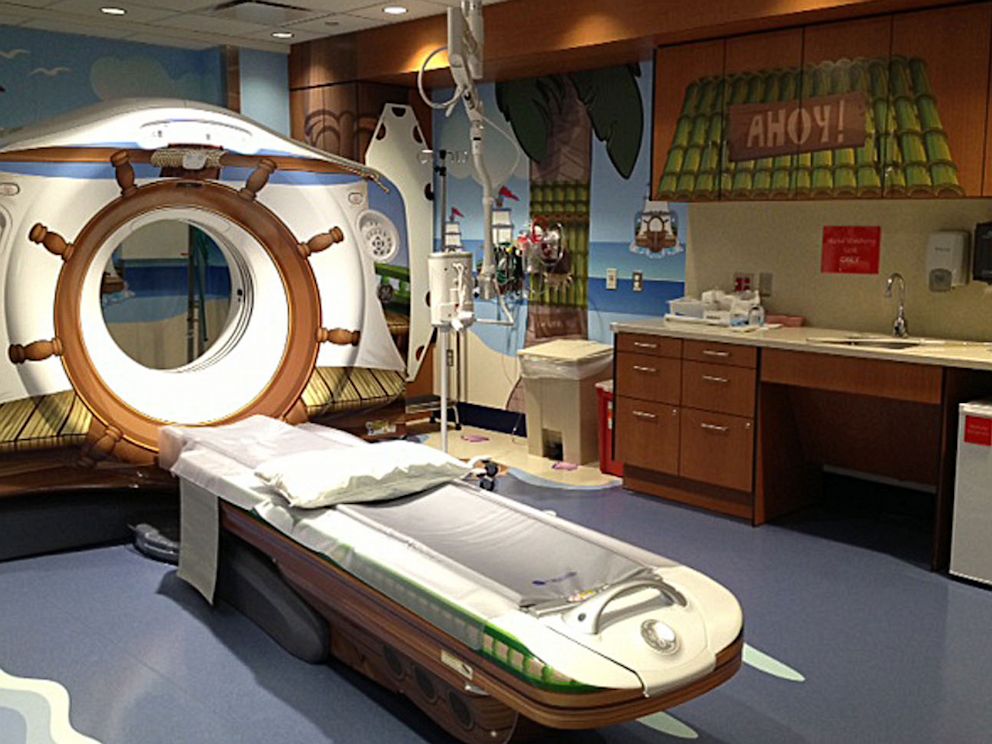For all the impressive advancements in medical technology, researchers and scientists still face a daunting challenge when they study the habits of the adorable but uncommunicative subjects called human infants.
In order to study infants without overwhelming them, scientists often try to mask the massive machines needed to view brain activity either by having the child sleep through it or by covering it in kid-friendly decorations. Other researchers have devised decidedly low-tech ways of reading an infant’s interest in a subject, even when they can’t say a single word.
In a study released Monday in the Proceedings of National Academy of Sciences, doctors used a special machine to examine infant brain activity as they start to learn language skills.
Patricia Kuhl, a professor of speech and hearing sciences at University of Washington and the lead author of the study, said the research indicated the area of the infants’ brain that controlled motor skills lit up when they heard certain words. The activity indicated that the infants are trying to mimic adults and speak much earlier before they say their first word.
However, Kuhl said, the study was important because of both the surprising findings and the way researchers were able to get them. To “read” the infant’s brain activity, they used the cutting-edge device called a magnetoencephalograph, that was quiet and nimble enough to read the chaotic world of infants’ brain activity.

Kuhl said unlike an MRI machine, which is extremely loud and requires a patient to be totally still, the magnetoencephalograph is nearly silent. However the infants still had to be strapped into a chair, so to keep them entertained the researchers were tasked with making silly faces and holding up toys all in the name of science.
“You want them to like the lab,” said Kuhl. “It’s decorated with fish and it’s got little stickies [on it.] It’s ... very baby friendly. We wave toys and we’re very aware and of their curiosity and of their desire to play. We do everything to make them comfortable.”
In a 2013 study published in Psychological Science, researchers used MRI machines to examine baby’s brain activity in response to different stimuli. However, to get the infants into a machine where they could not move, the researchers had the babies go in after they fell asleep naturally. They also used ear coverings so the loud MRI machine didn’t wake the infants.
MRI machines can be so distressing for patients because of claustrophobia or other fears about being in the hospital that a New York Hospital installed a pirate-themed scanner to put children (and some parents) more at ease.
“The genius is in this machine. ... There’s no noise and the baby can listen and can move,” said Kuhl of the magnetoencephalograph. “The ability for the first time to do this kind of recording in this kind of technical advanced machine ... [it’s like] we’re putting [on] a stethoscope.”
Aside from technological advancements, researchers rely on some decidedly low-tech approaches when studying infants.
Fei Xue, a professor of psychology at the University of California Berkeley, has done numerous studies examining how infants learn and react to new toys or information. She said researchers have plenty of tricks to keep babies focused on the tasks at hand.







0 التعليقات:
إرسال تعليق